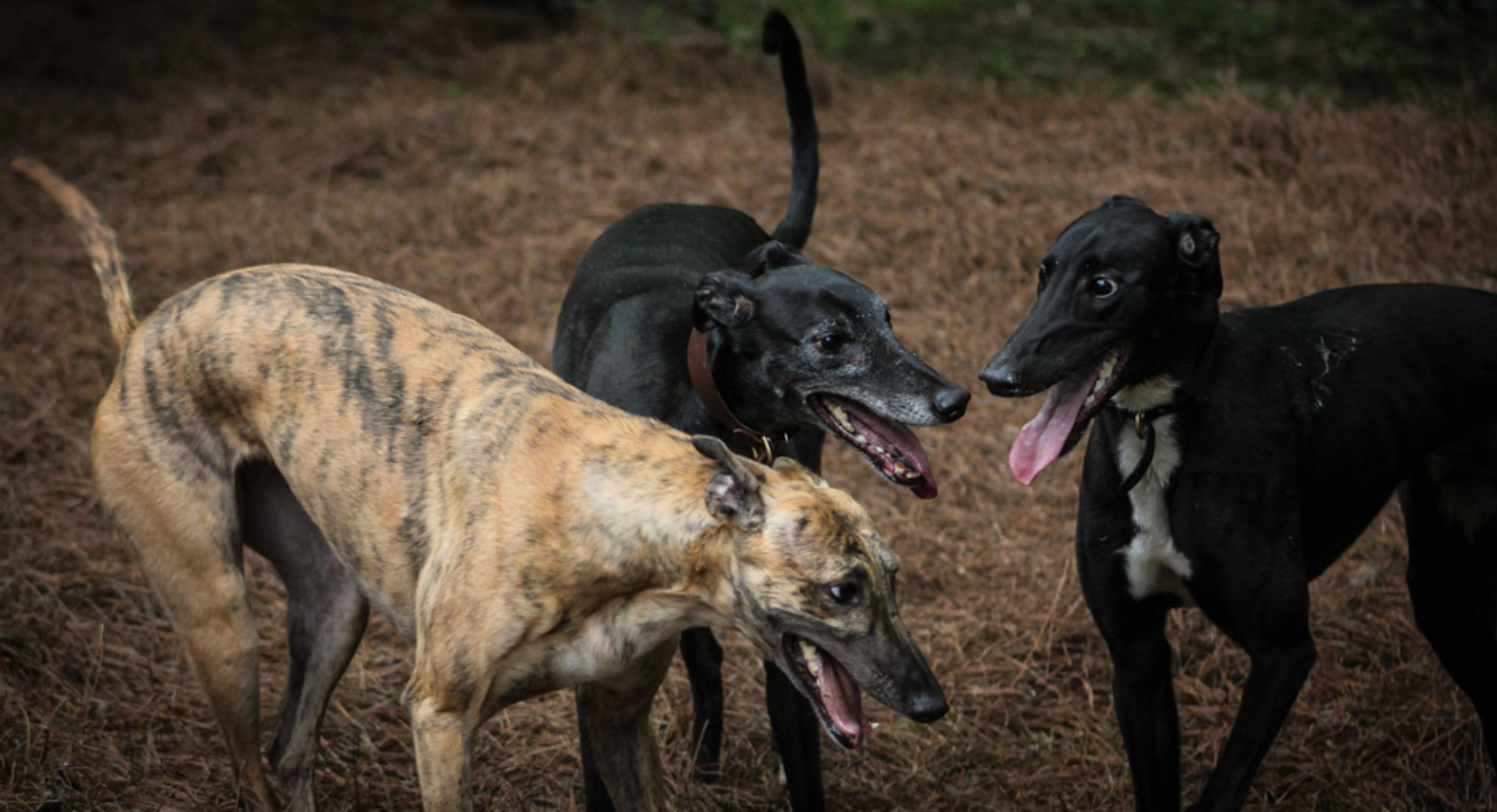After writing my post, Yes, I Own a Racing Greyhound and No She Isn’t a Rescue, I was delighted by the support from readers and that so many readers related to my experience. This post engaged a lot of people and a lot of comments. The comments I received were very positive. However, in many of the negative comments there continued to be a theme, using old information to justify the anti-racing agenda and the idea that Greyhounds are “rescued” from inevitable death.
I have been a part of the Greyhound world for four years and the dog world since birth. My Greyhound learning curve has been steep. You could say that I am obsessed with expanding my Greyhound knowledge, if I am not out photographing my Greyhounds in a beautiful field, I am learning more about the breed and why performance is so important.

I entered the Greyhound world at a very good time. The racing industry and adoption charities had created a successful relationship with the welfare of the racing Greyhound at the forefront. It was not an easy journey and took a lot of hard work from both parties.
In the late 1980’s Greyhound racing was the sixth most popular sport in America. There were multiple tracks throughout the country and there was high demand for racing Greyhounds. Greyhound breeders were breeding and whelping to fill the demand for racing Greyhounds.
With the increase in supply of Greyhounds, there was always a newer faster dog in the wings. Unfortunately these racing kennels could not house excess Greyhounds. This was a huge issue. Greyhound adoption was catching on in the mid-1980’s but there were some obstacles. Many people opposed Greyhound adoption stating that these dogs were vicious, trained to kill, and should not be rehomed as pets. The racing industry and the adoption charities developed a symbiotic relationship, hosting meet and greets at tracks and encouraging the publicity of unmuzzled Greyhounds interacting with people. Adoption groups continued to sprout up throughout the country re-homing racing Greyhounds.

In the meantime, The AR lobbyists were trying their best to end Greyhound racing by 2000. The racing industry continued breeding Greyhounds to the performance standard, albeit fewer Greyhounds per year. But there was a big change, no longer were trainers having to search desperately to place retired racing Greyhounds. The racing Greyhound had an abundance of people wanting them in retirement. The improved publicity and relationship between the racing industry and adoption charities increased the adoption rate of retired racing Greyhounds to 90%.
Due to the work of adoption charities and the Greyhound racing industry, I do not feel that today’s racing Greyhound is a rescue. There is a high demand for retired racing Greyhounds as pets. If one adoption group cannot take a dog another will. However, decades ago, when trainers were desperately searching for groups to take their Greyhounds, knowing there was no more room in their kennel, I can understand why some would refer to the Greyhound as a rescue. But times have changed.
The racing industry has a commitment to the performance standard of the Greyhound and with the assistance of adoption charities the industry has been able to further their commitment to the welfare of the racing Greyhound throughout their lives on and off the track.



I really enjoyed this article and hearing about your experiences with your hounds.